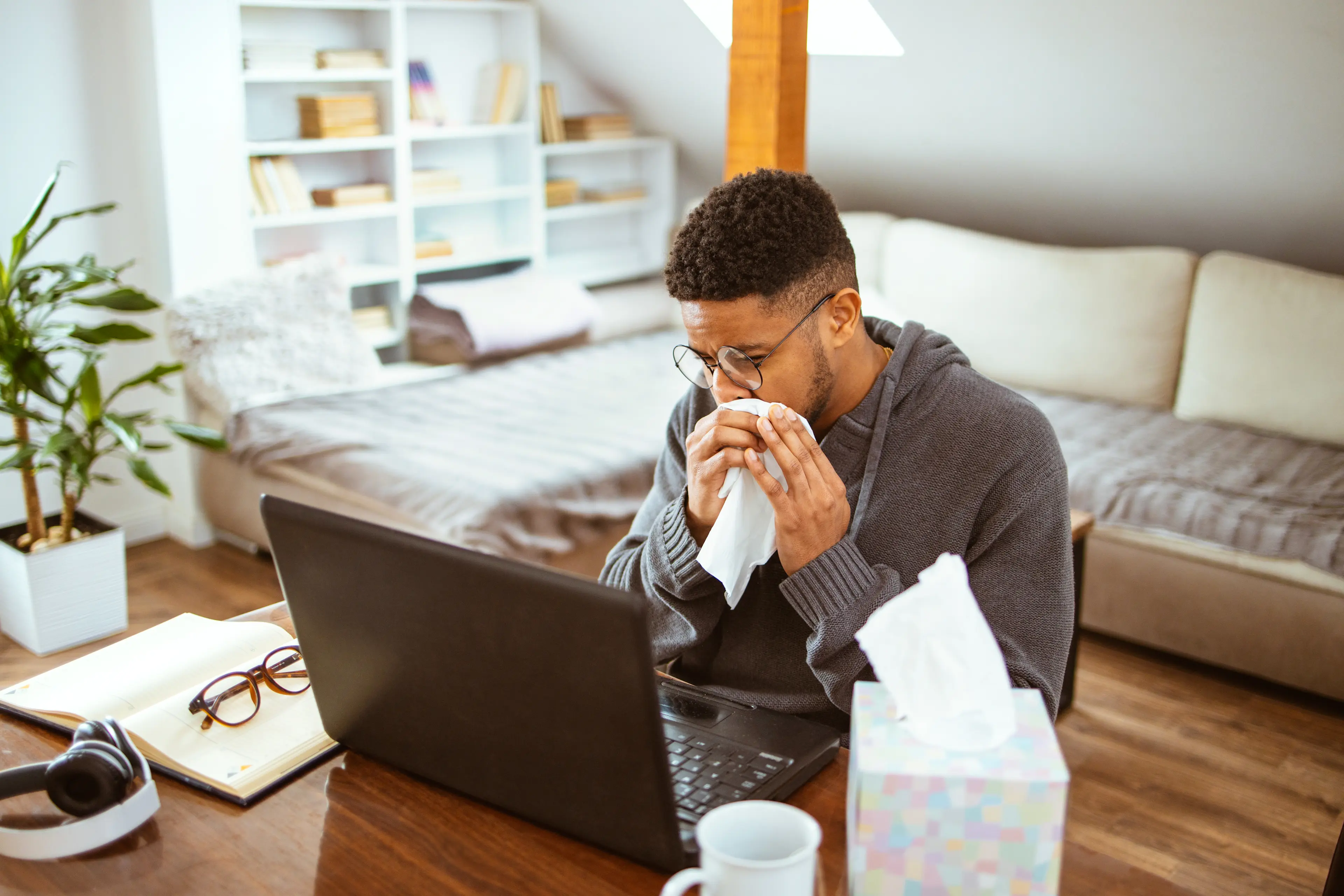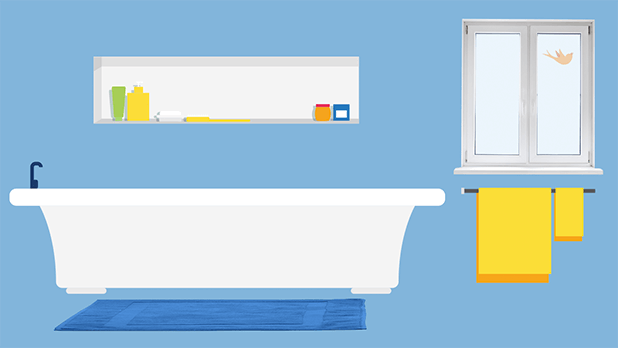1. Clean Your Heater
Forced-air heating can blow dust into your home. Make sure to clean the filters regularly to keep dust particles down.
2. Crank the AC
Air conditioning actually dehumidifies the air and filters out pollen. Keep it cranked up in the summer months.
3. Dehumidify
When it’s too cold out for the AC, use a dehumidifier to keep the air dry. This will help prevent the spread of mold.
4. Filter The Air
Use a High Efficiency Particulate Air (HEPA) filter. This will help to rid your home of dust and other allergens.
5. Low Tech Tip
Keep bathroom windows open while showering to let out moist air and help prevent mold and mildew. But keep windows closed in other rooms to help make sure outdoor allergens don’t get in.




